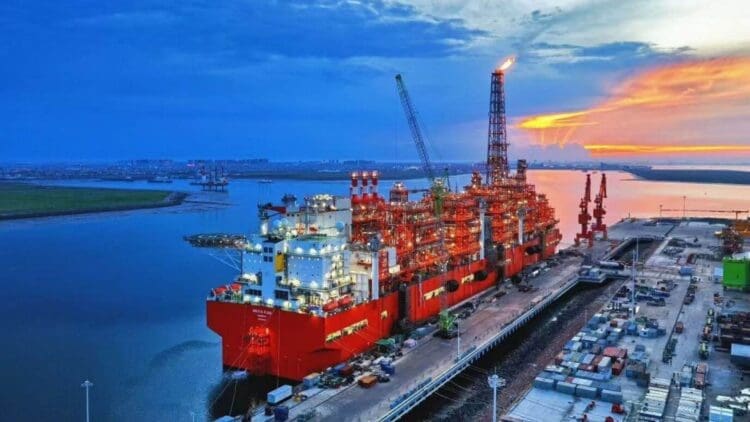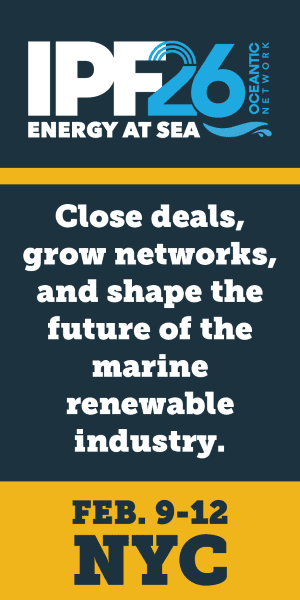The world has witnessed its biggest home-crafted floating liquid natural gas plant, which was developed within 33 months after China initiated its plan, and the achievement is revolutionary in the field of offshore engineering. NGUYA FLNG is the largest maritime project of Chinese origin that will be carried out in the Republic of Congo, in African waters, at a distance of 376 meters offshore.
Massive floating facility breaks Chinese engineering records
The NGUYA FLNG has a length of 376 meters, a width of 60 meters, and a depth of 35 meters, which has made it the largest floating LNG that has ever been built in China. The engineering wonder has magnificent storage capacities, having the liquid natural gas storage capacity of 180,000 cubic meters and 45,000 cubic meters of liquid petroleum gas storage capacity, producing 2.4 million tons of liquefied natural gas in a single year.
The development of the facility took 33 months of heavy engineering and construction in the Nantong shipyard of Jiangsu Province, which was a significant breakthrough in the global high-value-added offshore equipment manufacturing sector. The project portrays the maturity of China in the field of sea engineering, where the country stands next to the global frontiers in floating LNG development.
The operation of the delivery involved unprecedented operations that included 14 tugboats and patrol ships, and three surveillance drones. The tow convoy was 740 meters in length and made a new record in terms of a coastal towing activity in Nantong, as well as illustrating how enormous the exercise of this type of engineering value could be.
The strategic deployment changes the African landscape of energy
Its ultimate place of destination will be the waters of Brazzaville in the Republic of Congo, which will be 31 miles offshore of Pointe-Noire. It will anchor in between 108 to 115 feet of deep water. This strategic positioning will ensure that it’s able to have direct access to the Marine XII block, utilizing sub-sea pipes to access deep reserves of offshore gas to be exported in the global market.
NGUYA FLNG will be used as an addition to the already-operating Tango FLNG unit at the Congo LNG project operated by Eni, increasing the total liquefaction capacity by 3 million tons, previously, which is the current rate of the entire project. The growth helps Africa to increase its gas-processing base, and it does not require the expensive construction of onshore terminals.
Belt and Road Initiative enhances energy relationship
This demonstrates China’s engagement in the Belt and Road relationship by providing developing countries with a viable and cost-effective supply of energy. According to Lin Boqiang of Xiamen University, the success would raise China’s voice in the global LNG markets, besides indicating competitive edges in serving the associated nations in the objective of fueling their national development agenda.
Economic gains can be achieved in addition to energy production
The floating facility can also be deployed and process offshore reserves that would have been inaccessible in less time; this is one of the ways to speed up the Republic of Congo’s contributions to global energy markets. To Europe, especially in times of energy insecurities after it decreased its reliance on Russia (and brought about decreased dependence on unclean energy sources), Congo LNG will provide a new, strategic supplier of cleaner options.
This 376-meter floating mega will transfer thousands of miles after 33 months of development and will transform the energy capabilities of Africa and add 3 million tons of annual LNG capacity to those in the international marketplaces. The project is the best example of how China is becoming a powerhouse in the offshore engineering industry and how floating LNG technology can open untapped energy sources to developing countries aspiring to enter the market swiftly.





